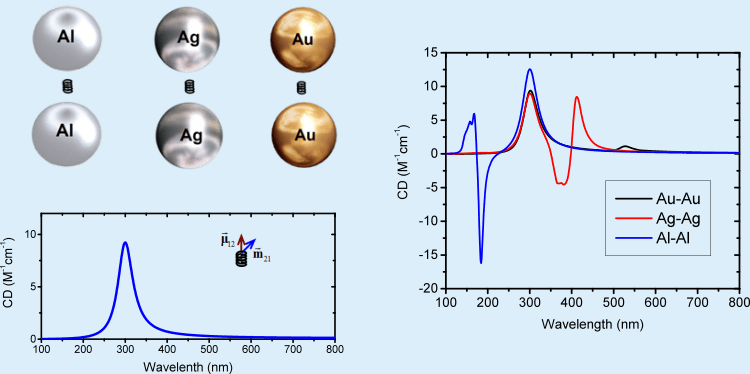When it comes to microbiology, the shape of a molecule is directly connected to the function that it accomplishes, acting as a key to a biological lock. And these keys are commonly chiral. A chiral structure is such that it cannot be superimposed to its mirror image, or enantiomer, in the same way that our left hand is not superimposable to our right hand.
Crucially, chiral molecules in naturally occurring biological systems are present in only one of its two possible enantiomers. Therefore, synthetic drugs need to exist in the specific shape that it is expected by their targets, as their enantiomers not only would fail to perform their intended function, but can even prove harmful. It is then important to have the means to inquire into the specific chirality of a molecular compound. One way to do this is to use circular dichroism (CD) spectroscopy. This technique measures differences in absorption between left and right circularly polarized light in the sample of interest. Because chiral molecules exhibit preferential absorption of light of specific chirality, this differential measurement informs us about the chirality of the sample. As with other detection techniques, however, it is limited by its sensitivity, since relatively high concentrations are typically required for measurement.

Models of the nanoparticles and CD spectra obtained with nanoantennas.
In a recent article by Lucas Besteiro, Alexander Govorov, and collaborators in Advanced Optical Materials, it is discussed how nanoparticles of different plasmonic materials can facilitate the detection of molecular CD spectra. To study this phenomenon, related to the one that makes possible surface-enhanced Raman spectroscopy, this group has created a theoretical framework that predicts and explains two interesting properties of interacting molecule–nanoparticle systems. On the one hand, the near-field enhancement created by the particle increases the magnitude of the electric field exciting the molecule, providing in turn a brighter molecular CD signal. Secondly, the full signal acquires a component at the resonant wavelength of the particle due to chiral currents induced by the nearby molecule, converting the nanoparticle in a small emitting antenna. Thus, by choosing the material and size of the nanoparticles, one can set up a system that targets a spectral range of high detector sensitivity.
When paired with advanced nanofabrication methods, this approach can have an impact on improving characterization techniques of biologically relevant compounds, which is of interest both to pharmaceutical applications and to promote novel basic research.

















